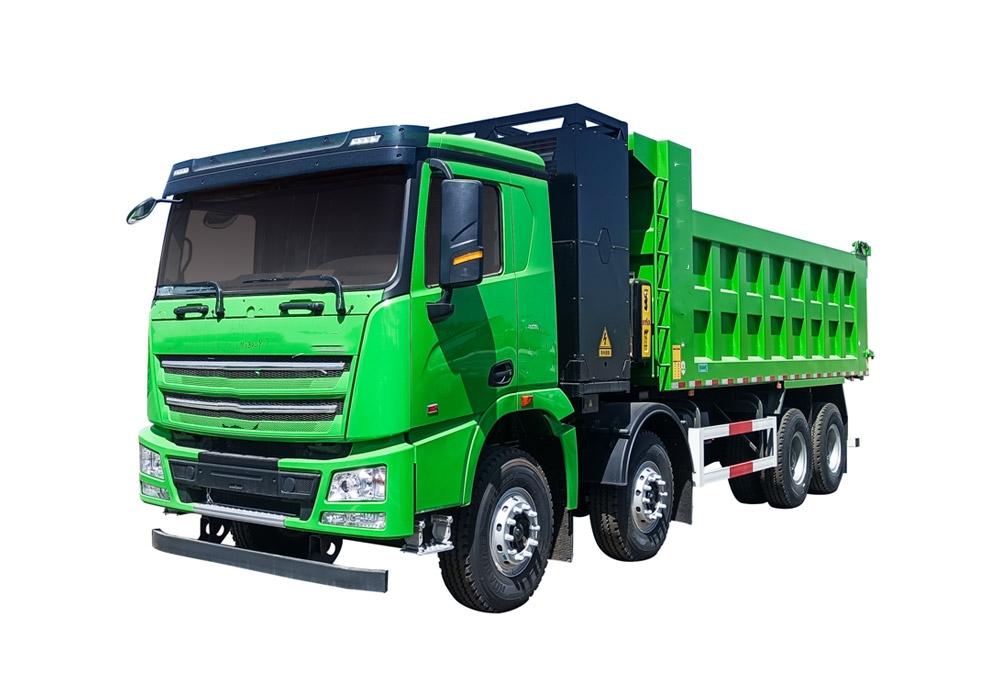Electric Truck News
Small tips on road fire safety. Pay attention when driving in winter!
Posted on by Electric Trucks
Winter brings with it a unique set of challenges for drivers. The season is often marked by frost, fog, rain, snow, and low temperatures, creating a complex driving environment that can have a significant impact on safety. Drivers must therefore raise their awareness of safe driving during winter and strengthen their learning of knowledge and skills specific to winter driving. The goals are to achieve antifreeze, anti-skid, and accident prevention measures. Special attention should be given to the following matters:
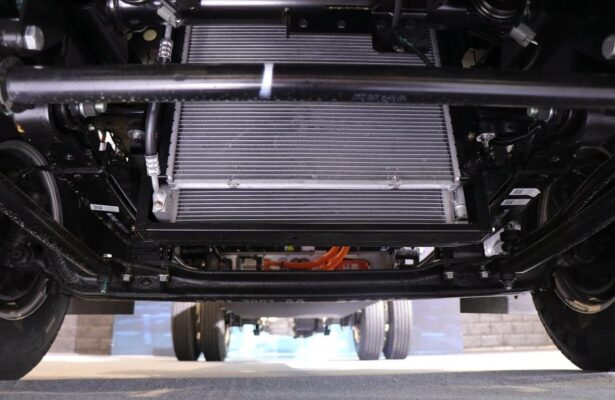
In winter, windy and cooling weather is a common occurrence. Drivers should always be vigilant about weather changes. Planning ahead is crucial, which means choosing travel routes in advance and doing their best to avoid the fog-prone periods in the early morning and midnight. When driving in bad weather conditions brought on by wind, correct use of lights is essential. This not only helps improve visibility for the driver but also alerts other drivers on the road. Reducing vehicle speed is another key measure. By slowing down, drivers have more time to react to unexpected situations. Maintaining a safe distance from the vehicle in front is equally important. This distance provides a buffer zone in case of sudden stops or emergencies. Driving carefully in windy weather means being attentive to the movement of the vehicle caused by the wind and being prepared for any unexpected gusts that could affect stability.
For example, imagine a driver on a highway during a windy winter day. The strong wind can cause the vehicle to sway, and if the driver is not prepared, it can be a nerve-wracking experience. By reducing speed and maintaining a safe distance, the driver can better control the vehicle and avoid collisions. Dessutom, using the appropriate lights can make the vehicle more visible to others, reducing the risk of being hit from behind or in a side collision.
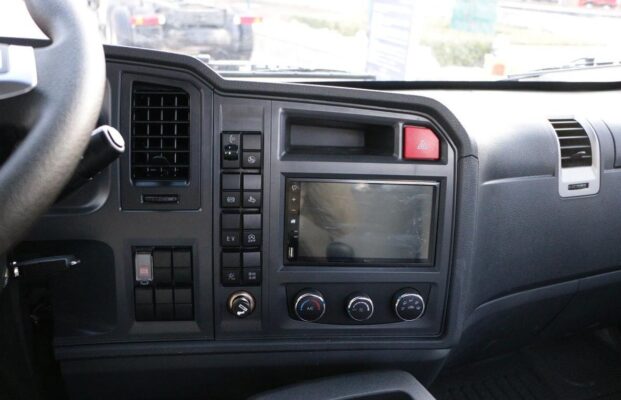
Bad weather conditions such as rain, fog, and frost can significantly reduce the friction coefficient of the road surface. This reduction in friction has a direct impact on the braking efficiency of the vehicle, making it more prone to skidding. Therefore, when driving on roads that are likely to be slippery due to these conditions, drivers must exercise extreme caution and strictly control the vehicle speed. Going too fast on a slippery road can lead to loss of control of the vehicle, potentially resulting in serious accidents.
In case of vehicle skidding, it is important not to panic. Sharply turning the steering wheel or braking urgently can exacerbate the situation and cause the vehicle to spin out of control. Instead, drivers should make full use of the engine’s traction resistance to slow down. This can be done by taking the foot off the accelerator and allowing the engine to slow the vehicle down naturally. Steering gently in the direction of the skid can also help regain control of the vehicle.
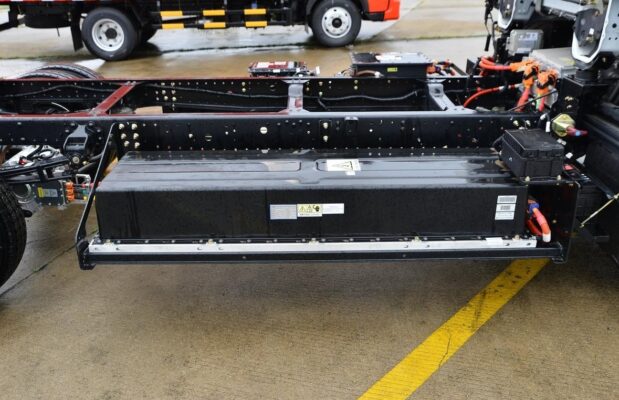
Till exempel, if a driver is traveling on a road covered in frost and suddenly feels the vehicle start to skid, staying calm and avoiding sudden movements is crucial. By using the engine’s resistance and steering gently, the driver can often regain control of the vehicle and avoid a potentially dangerous situation.
Winter is a season when fog and dense fog are prone to occur. Driving in foggy weather requires extra caution. Turning on the fog lights is the first step. These lights are designed to cut through the fog and make the vehicle more visible to others. Controlling the vehicle speed is also essential. The reduced visibility in fog makes it difficult to judge distances and speeds accurately, so slowing down is necessary to give the driver more time to react. Maintaining a safe distance from the vehicle in front is even more important in foggy conditions as it provides a buffer in case of sudden stops.
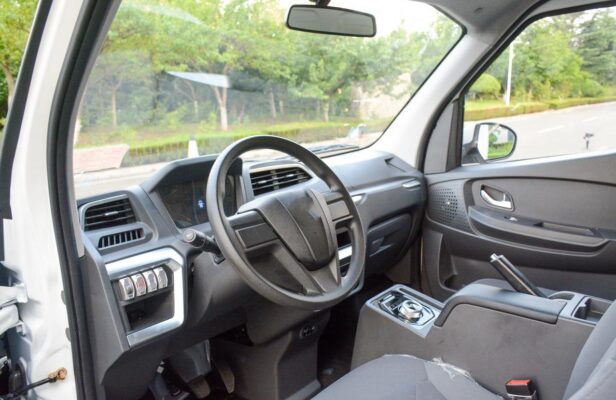
When driving on the expressway in foggy weather, if the visibility is lower than 50 mätare, additional measures are required. In addition to the fog lights, the low beam lights, clearance lights, front and rear position lights, and hazard warning flashers should all be turned on. This combination of lights makes the vehicle highly visible to other drivers and helps prevent collisions. The vehicle speed must be strictly limited to no more than 20 kilometers per hour. In such extreme foggy conditions, it may be advisable to drive into the service area nearby or leave the expressway altogether. This decision should be made based on the specific circumstances and the driver’s judgment of safety.
For example, imagine a driver on an expressway in dense fog. The limited visibility can be terrifying, and without the proper precautions, accidents can happen quickly. By following the recommended procedures for foggy weather driving, the driver can increase their chances of staying safe and avoiding collisions.
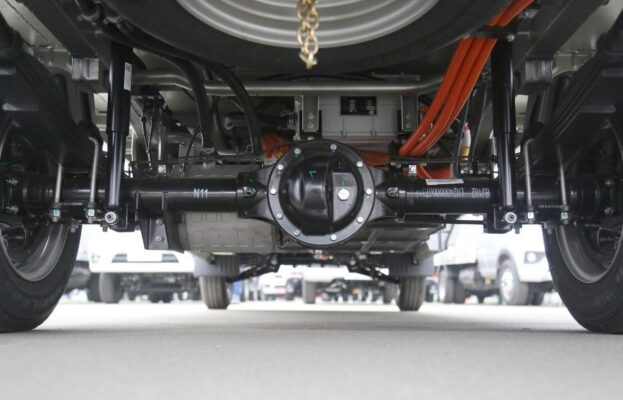
- Prevent vehicle spontaneous combustion in winter
Despite the low temperatures in winter, the risk of vehicle fires is still present. In fact, in winter when the weather is dry and there is no snow, fires are extremely likely to occur. One of the main causes of vehicle fires in winter is aging internal wiring of the vehicle. As the vehicle ages, the wiring can become brittle and damaged, increasing the risk of short circuits and fires.
To prevent vehicle spontaneous combustion in winter, drivers should pay close attention to vehicle maintenance. Regularly checking vehicle wiring, air conditioning, and other parts is essential. This can help detect potential problems early on and address them before they turn into serious issues. For example, checking for frayed wires, loose connections, or signs of overheating can help prevent a fire from starting. Dessutom, keeping the vehicle clean and free of debris can reduce the risk of fire. Debris can accumulate under the hood or in the passenger compartment and can potentially catch fire if it comes into contact with a heat source.
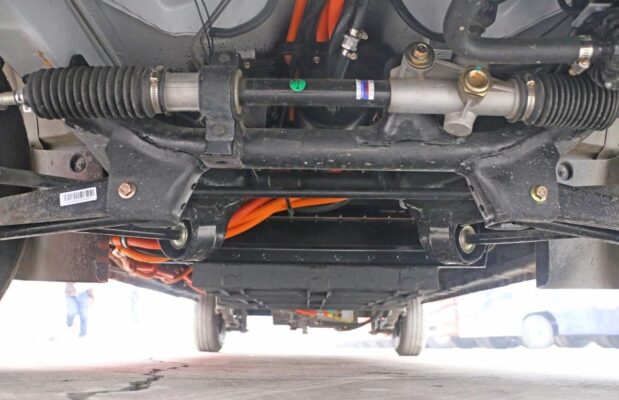
Till exempel, a driver who regularly inspects their vehicle’s wiring and components may notice a frayed wire and have it repaired before it causes a fire. By taking these preventive measures, drivers can greatly reduce the risk of vehicle fires and ensure their safety on the road.
In conclusion, driving in winter requires extra care and attention to ensure safety. By being cautious in windy weather, anti-skidding in rain, fog, and frost, slowing down in foggy conditions, and preventing vehicle spontaneous combustion, drivers can better protect themselves and others on the road. Winter driving may be challenging, but with the right knowledge and precautions, it can be done safely.
